Home>Dining>Tableware>How Many Yards Of Fabric Are Needed For A Tablecloth?


Tableware
How Many Yards Of Fabric Are Needed For A Tablecloth?
Modified: January 5, 2024
Discover how to calculate the perfect amount of fabric for a stunning tablecloth with our insightful guide. Impress your guests with tableware that fits flawlessly.
(Many of the links in this article redirect to a specific reviewed product. Your purchase of these products through affiliate links helps to generate commission for Storables.com, at no extra cost. Learn more)
Introduction
Tablecloths not only protect your table, but they also add a touch of elegance to your dining experience. Whether you’re hosting a formal dinner party or enjoying a casual family gathering, choosing the right tablecloth is essential. One of the most common questions that arise when selecting a tablecloth is how many yards of fabric are needed. Understanding the factors that go into determining the fabric requirement will help you make an informed decision and ensure a perfect fit for your table.
In this article, we will explore the various factors to consider when calculating the amount of fabric needed for a tablecloth. We’ll discuss the standard tablecloth sizes, the shape of the table, the width of the fabric, and the inclusion of seams and hems. By the end, you’ll have a comprehensive understanding of how to measure and estimate fabric requirements, allowing you to confidently select the right amount of fabric for your tablecloth project.
Key Takeaways:
- Ensure a perfect fit for your tablecloth by considering table size, drop length, fabric width, and shape of the table. Accurately calculate fabric requirements for an elegant and well-fitted dining experience.
- Understanding standard tablecloth sizes, fabric width, and the impact of seams and hems is crucial for creating a visually appealing and professionally finished tablecloth. Consider these factors to confidently estimate fabric needs for your project.
Factors to Consider
When determining the amount of fabric needed for a tablecloth, several factors come into play. Consider the following factors to ensure you have the correct dimensions:
- Table Size: The size of your table is the primary factor in determining the fabric requirement. Measure the length, width, and height of your table accurately.
- Drop Length: The drop length refers to how much overhang you desire on each side of the table. It is generally recommended to have a drop of 8-12 inches to create an elegant look.
- Shape of the Table: The shape of the table also impacts the fabric requirement. Rectangular, square, round, and oval tables require different calculations.
- Seams and Hems: If you prefer a seamless look, consider using wider fabric or joining multiple panels together. Also, take into account the extra fabric needed for hems and any decorative borders or trims.
By keeping these factors in mind, you can accurately estimate the amount of fabric needed for your tablecloth project. Let’s delve deeper into each factor to understand how they influence the fabric calculation process.
Standard Tablecloth Sizes
Before calculating the fabric requirements for your tablecloth, it’s helpful to be aware of standard tablecloth sizes. While these are not set in stone and can vary depending on personal preference and table dimensions, having an understanding of common sizes will provide a good starting point. Here are the standard sizes for rectangular, square, round, and oval tables:
- Rectangular Table: For a standard rectangular table, the typical tablecloth sizes range from 60×84 inches (for a 4-6 person table) to 60×120 inches (for a 10-12 person table). These measurements include a drop length of 8-12 inches on each side.
- Square Table: Square tables often require square tablecloths. The common sizes range from 52×52 inches to 70×70 inches, again with a drop length of 8-12 inches.
- Round Table: Round tables have a variety of sizes, but the standard tablecloth sizes for round tables range from 70-inch diameter (4-6 person table) to 120-inch diameter (10-12 person table). Ensure the tablecloth is large enough to cover the tabletop with the desired overhang.
- Oval Table: Oval tables generally require rectangular tablecloths. The recommended size is based on the length and width of the table, including a drop of 8-12 inches on the ends.
Keep in mind that these are just guidelines, and your specific table dimensions and desired drop length may vary. It’s essential to measure your table accurately before moving on to calculating the fabric requirement.
Calculating Fabric Requirements
Now that you’re familiar with the factors to consider and the standard tablecloth sizes, let’s delve into the process of calculating the fabric requirements for your tablecloth. Here’s a step-by-step guide:
- Measure the Table: Begin by measuring the length, width, and height of your table. Write down these dimensions as they will be crucial in determining the fabric requirement.
- Decide on the Drop Length: Determine how much overhang you want on each side of the table. The standard drop length is 8-12 inches, but you can adjust this based on your preference and the formality of the occasion.
- Calculate the Fabric Width: Determine the width of the fabric you plan to use. Most fabrics come in standard widths of 45 inches, 54 inches, 60 inches, or 72 inches. Note this measurement down as it will be needed for the final calculation.
- Calculate the Fabric Length: Now it’s time to calculate the fabric length needed for the tablecloth. Use the following formula:
Fabric Length = Table Length + (2 x Drop Length)
This formula accounts for the drop on both ends of the table.
- Account for Seams and Hems: If your tablecloth requires seams or hems, factor in the additional fabric needed. Add the total length of the hem plus any necessary seam allowances to the fabric length calculated in the previous step.
- Round Up: Finally, round up the fabric measurements to the nearest yard to ensure you have enough fabric for any unexpected variations or mistakes.
By following these steps and considering the specific dimensions and characteristics of your tablecloth project, you can accurately calculate the fabric requirements and confidently proceed with purchasing or cutting the fabric.
Shape of the Table
The shape of your table plays a significant role in determining the fabric requirements for your tablecloth. Different shapes require varying measurements and calculations. Let’s explore the fabric requirements for each table shape:
Rectangular Tables:
For rectangular tables, the fabric length calculation remains the same as mentioned earlier: Table Length + (2 x Drop Length). However, the fabric width required will be determined by the table width. If the width of the table is less than the width of the fabric, you will need to join multiple fabric panels to achieve the desired width. Be sure to factor in seam allowances and any necessary hems.
Square Tables:
For square tables, the fabric length calculation is similar: Table Length + (2 x Drop Length). However, since the table is square, the width of the table and fabric will be the same. You may need to join panels to achieve the desired size if the fabric width is insufficient. Don’t forget to account for seams and hems if necessary.
Round Tables:
For round tables, the fabric length calculation remains the same: Table Length + (2 x Drop Length). However, since the table is round, the fabric width required will depend on the table’s diameter. It is essential to choose a fabric width that can cover the entire tabletop and provide the desired overhang on all sides. Consider using wider fabrics or joining panels together if needed.
Oval Tables:
Oval tables generally require rectangular tablecloths. The fabric length calculation remains the same: Table Length + (2 x Drop Length). However, since the table is oval, it is important to choose a fabric width that can cover the entire tabletop and provide the desired overhang on the ends. Account for any necessary seams and hems as well.
Remember to measure your table accurately and consider the shape when calculating the fabric requirements. This will ensure a proper fit and an aesthetically pleasing tablecloth for your specific table shape.
Width of the Fabric
The width of the fabric you choose plays a crucial role in determining the fabric requirements for your tablecloth. Most fabrics come in standard widths of 45 inches, 54 inches, 60 inches, or 72 inches. Understanding the fabric width will help you calculate the amount of fabric needed more accurately.
If the width of the fabric is greater than the width of your table, you can simply use a single panel of fabric for your tablecloth. However, if the fabric width is not wide enough to cover the entire table, you will need to join multiple panels together to achieve the desired size.
When joining panels, it’s important to account for seam allowances and any necessary hems. Consider adding an additional 1-2 inches to each panel measurement to accommodate for the seam allowance that will be used when stitching the panels together. This ensures that you have enough fabric to create a seamless and visually appealing tablecloth.
Additionally, when using multiple panels, it’s essential to align the pattern or design of the fabric carefully to create a cohesive look. Pay attention to pattern repeats and make sure they match up when joining the panels. This attention to detail will result in a professional-looking tablecloth.
If you find that the fabric width is limited and you’re unable to achieve the desired size with a single panel, you may need to consider using wider fabrics or explore alternative options such as purchasing a custom-made tablecloth or using a different fabric width that meets your requirements.
By considering the width of the fabric when calculating the fabric requirements, you can ensure that you have enough material to create a beautiful and well-fitted tablecloth for your table.
To calculate the yards of fabric needed for a tablecloth, measure the length and width of the table, add the desired drop length on each side, then divide by 36 to convert to yards.
Seams and Hems
When making a tablecloth, it’s important to consider any seams and hems that may be required. Seams are used to join multiple panels of fabric together, while hems provide a finished edge to the tablecloth. Factoring in these additional fabric requirements will help you accurately determine the amount of fabric needed for your project.
If your tablecloth requires seams, it’s important to account for the seam allowance when calculating the fabric requirements. The typical seam allowance is 1/2 inch, although it may vary depending on your sewing preferences. When joining fabric panels, ensure that you cut the panels with the necessary seam allowance included. This will prevent any discrepancies in the final dimensions of the tablecloth.
Additionally, consider the placement of the seams. Ideally, they should be positioned in inconspicuous areas of the tablecloth, such as along the sides or corners, to maintain a seamless and visually pleasing aesthetic. Pay attention to pattern alignment if using patterned fabric, ensuring that the seams do not disrupt the pattern continuity.
Hems are essential for providing a neat and finished edge to the tablecloth. The standard hem allowance is around 1 inch, although you can adjust this based on personal preference. Be sure to incorporate the hem allowance when calculating the fabric requirements. Consider whether you want a single-fold hem or a double-fold hem, as this will affect the amount of fabric needed for the hem.
Keep in mind that decorative borders, trims, or embellishments may also require additional fabric. If you plan to include any of these elements in your tablecloth design, make sure to account for their dimensions when calculating the fabric requirements.
By considering seams and hems, as well as any additional embellishments, you can accurately calculate the amount of fabric needed for your tablecloth project. Taking these factors into account will result in a well-finished and visually appealing tablecloth that enhances your dining experience.
Conclusion
Choosing the right amount of fabric for your tablecloth is crucial in achieving a perfect fit and creating an elegant dining experience. By considering various factors such as table size, drop length, shape of the table, fabric width, and the inclusion of seams and hems, you can accurately calculate the fabric requirements for your tablecloth project.
Standard tablecloth sizes serve as a helpful guideline, providing a starting point for determining the appropriate dimensions for your tablecloth. However, it’s important to measure your table accurately and consider your specific preferences to ensure a proper fit and desired overhang.
Calculating the fabric requirements involves measuring the table, deciding on the desired drop length, and considering the fabric width. Taking into account any necessary seams and hems, as well as rounding up to the nearest yard, will ensure you have enough fabric for the project while allowing for any variations or mistakes.
The shape of your table also plays a significant role in determining the fabric requirements. Rectangular, square, round, and oval tables each have specific calculations and considerations, requiring different panel arrangements and adjustments for seams and hems.
Lastly, don’t forget to consider the width of the fabric and any additional requirements such as pattern alignment, when joining panels, and incorporating seams and hems. These details will contribute to the overall aesthetic appeal and professional finish of your tablecloth.
By carefully considering these factors, you can confidently estimate the fabric needed for your tablecloth project, ensuring a beautifully fitted and visually pleasing table setting. So, go ahead and create a tablecloth that not only protects your table but also adds a touch of sophistication to your dining experience.
Frequently Asked Questions about How Many Yards Of Fabric Are Needed For A Tablecloth?
Was this page helpful?
At Storables.com, we guarantee accurate and reliable information. Our content, validated by Expert Board Contributors, is crafted following stringent Editorial Policies. We're committed to providing you with well-researched, expert-backed insights for all your informational needs.
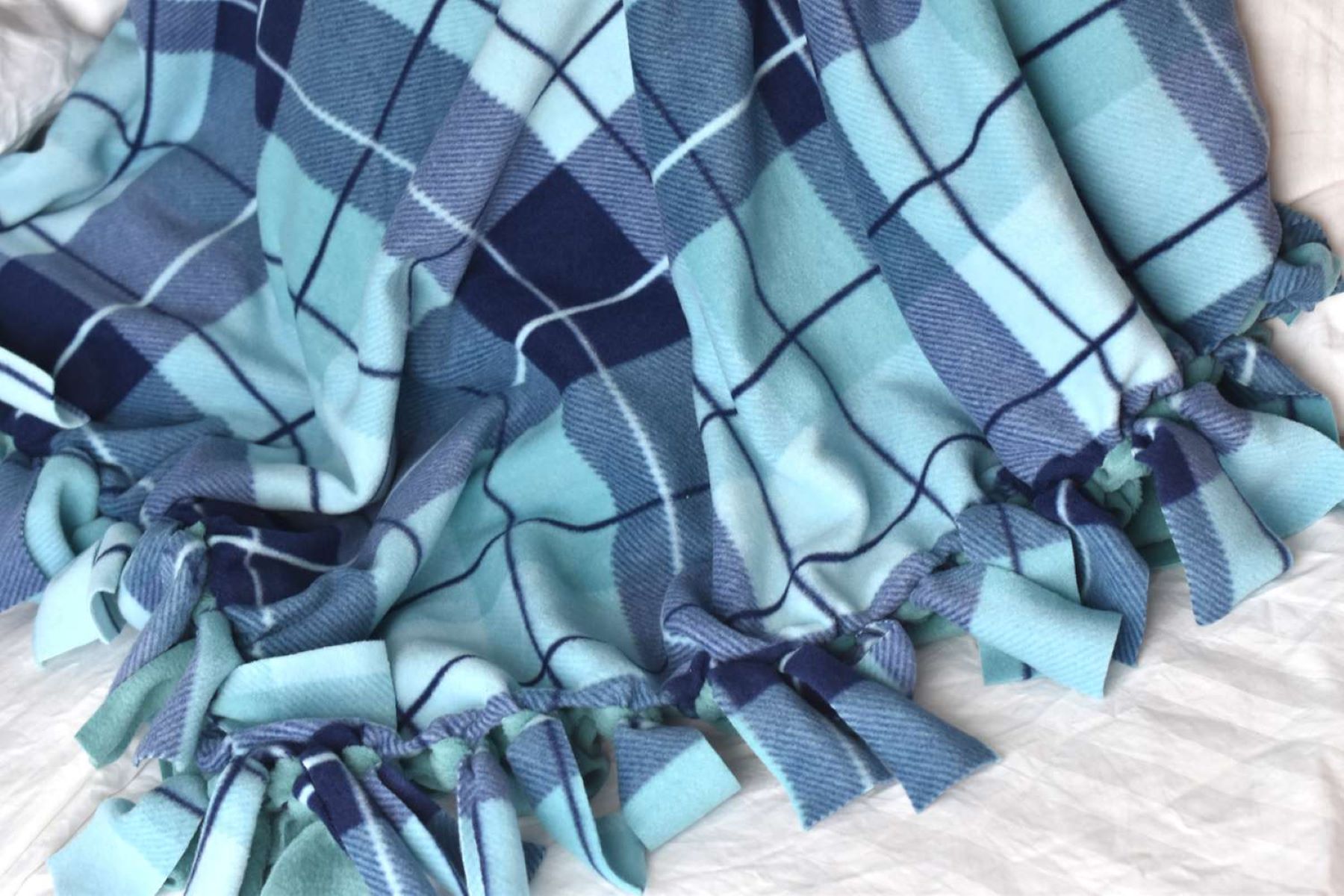
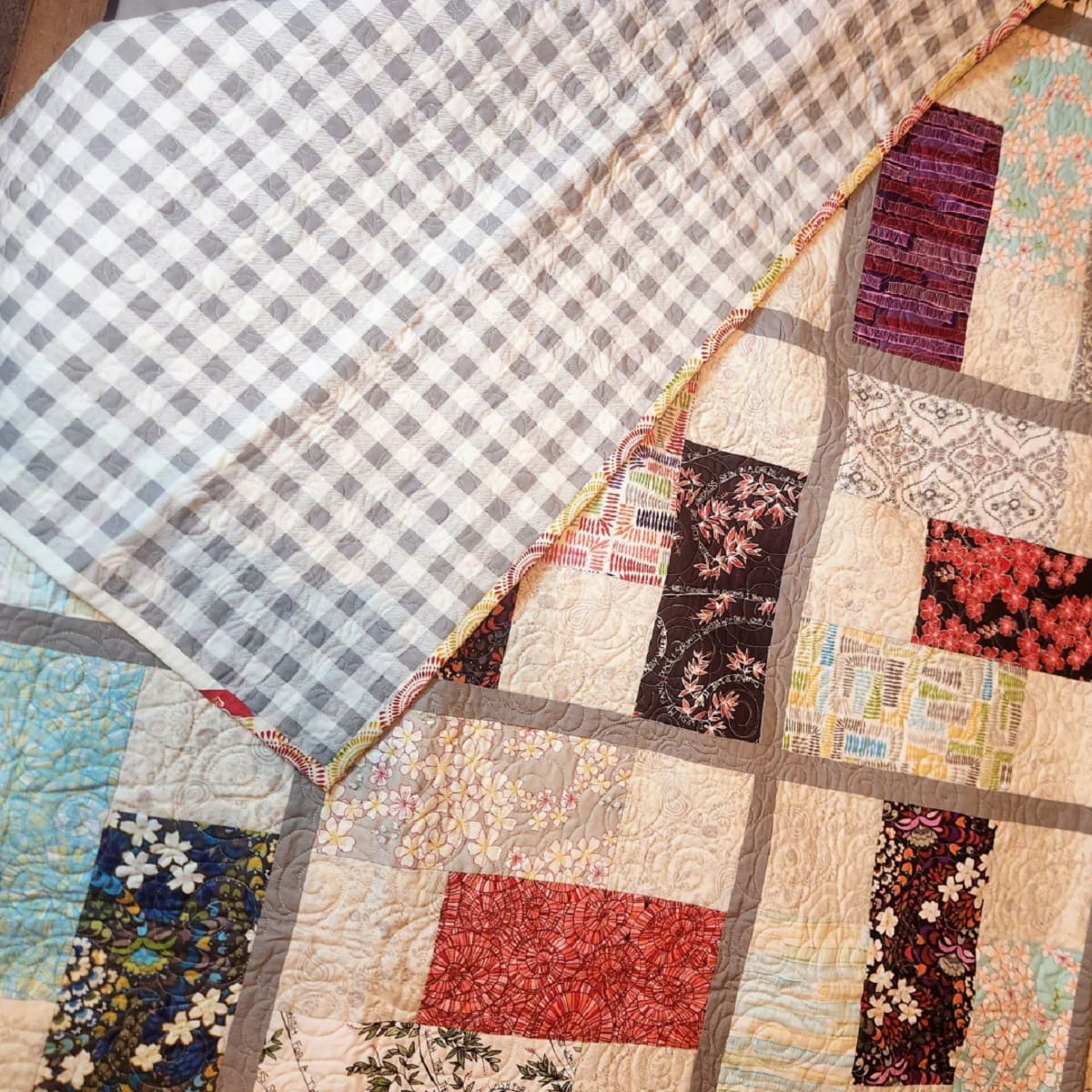
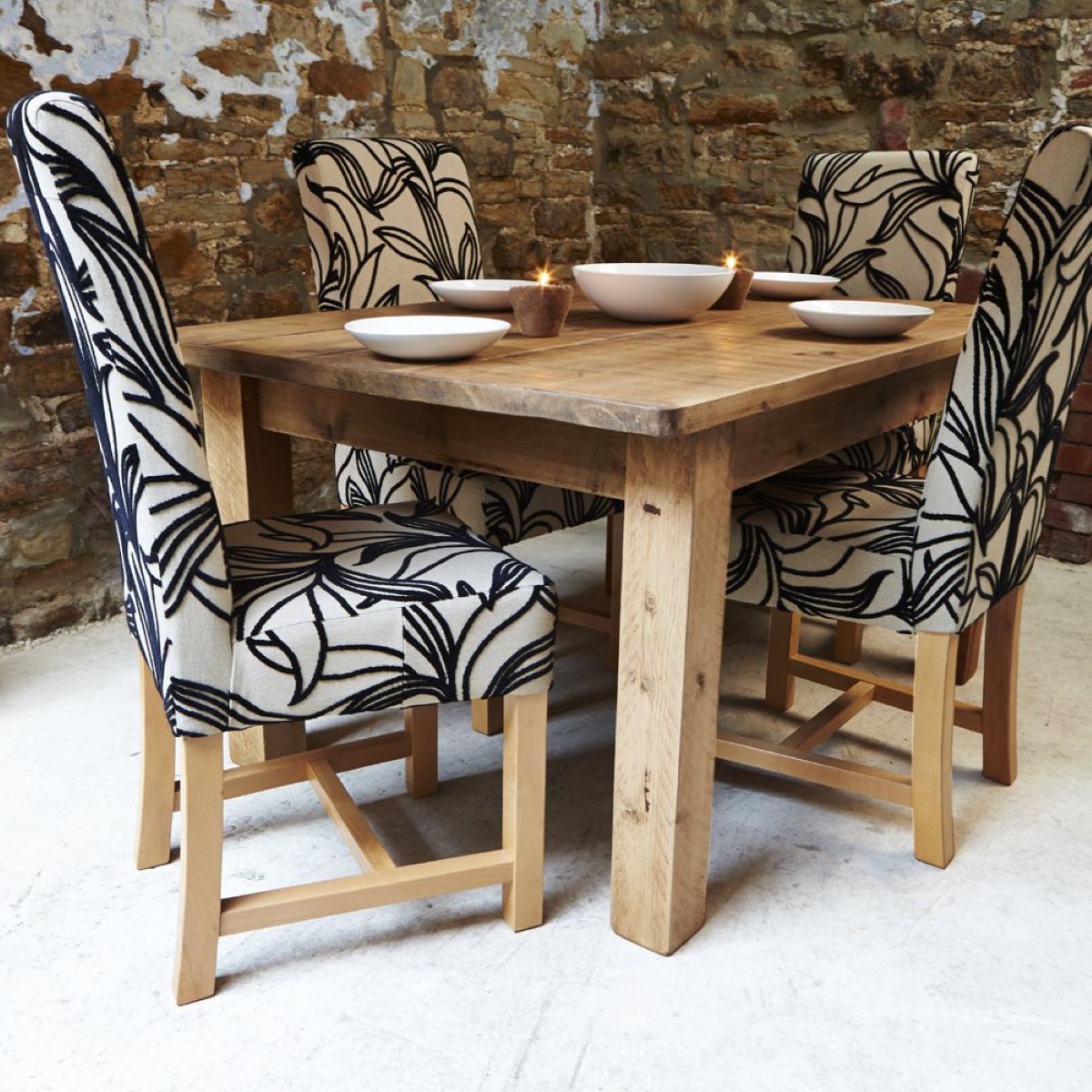
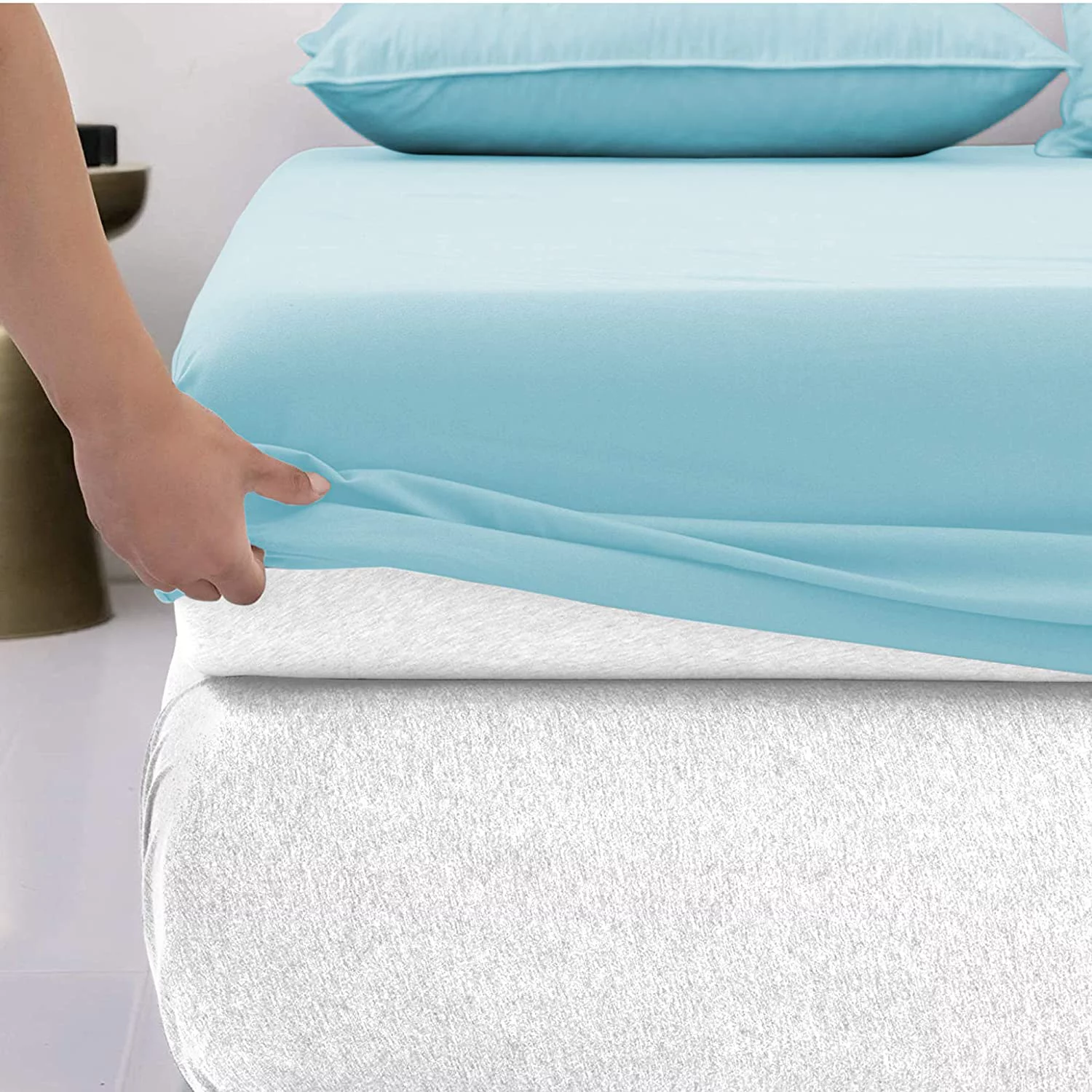
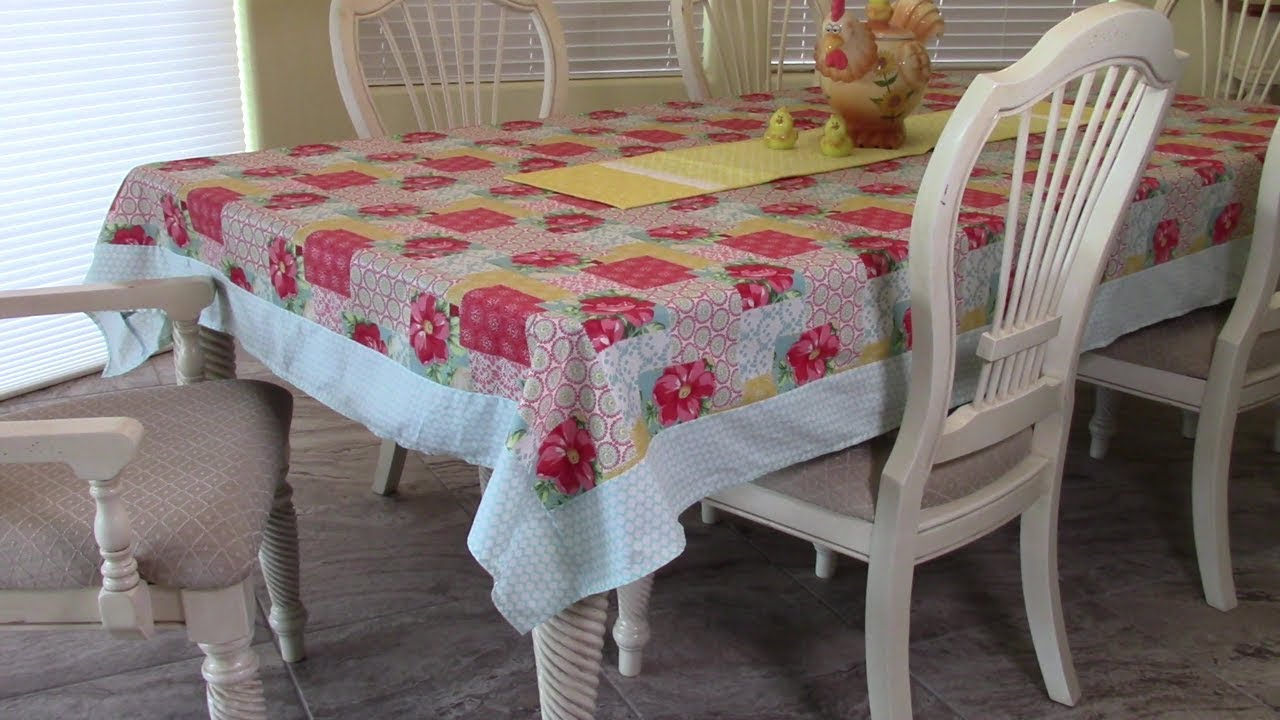
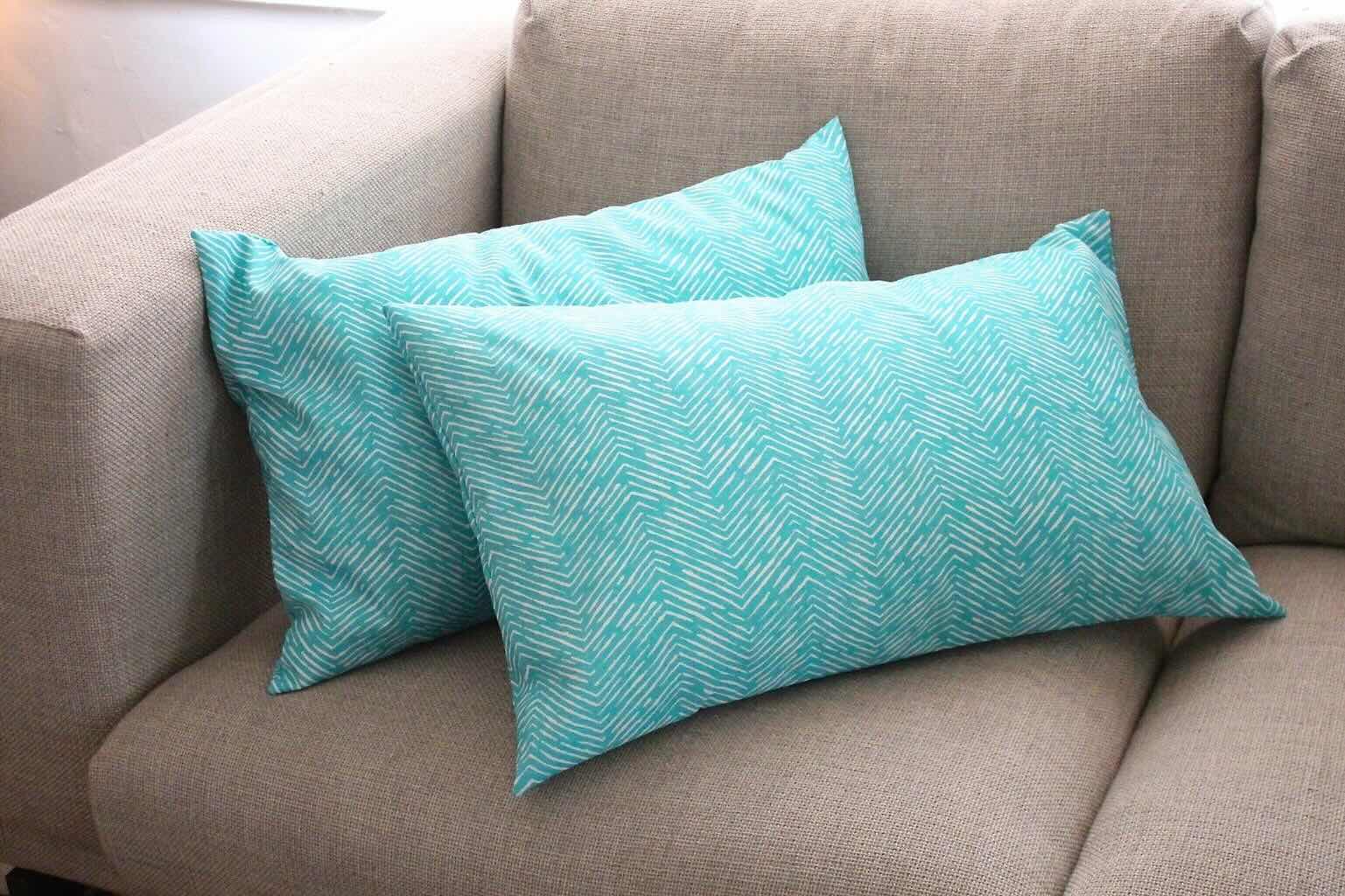
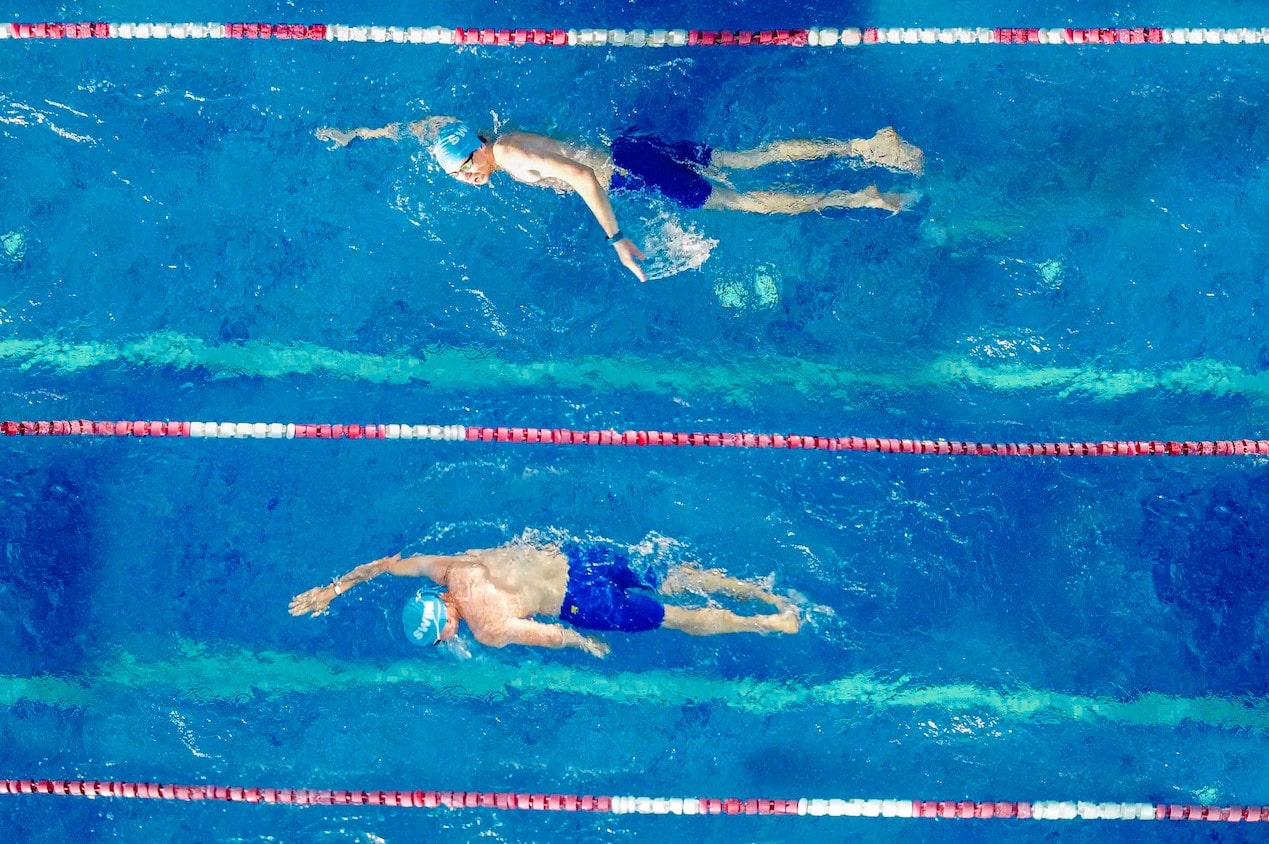
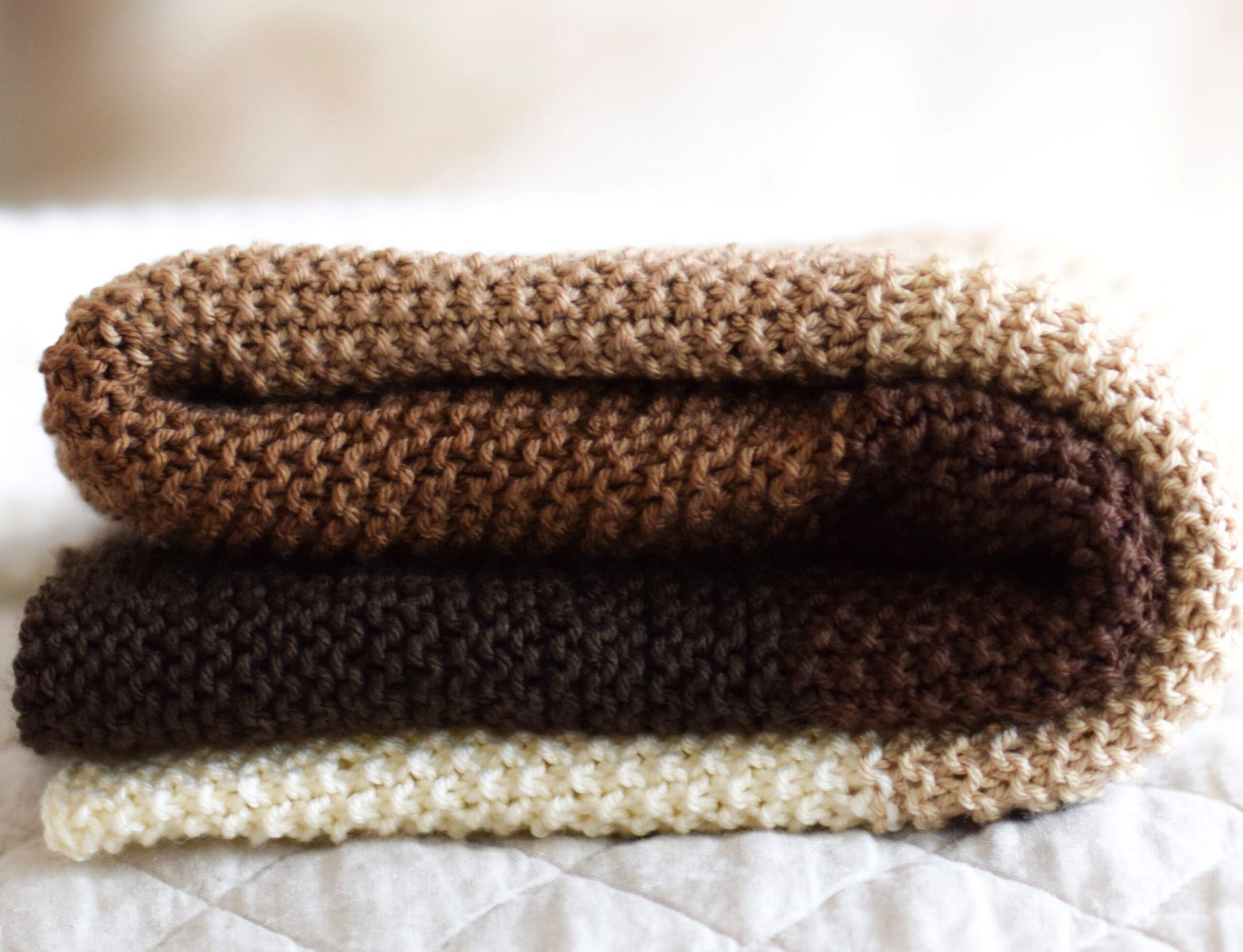
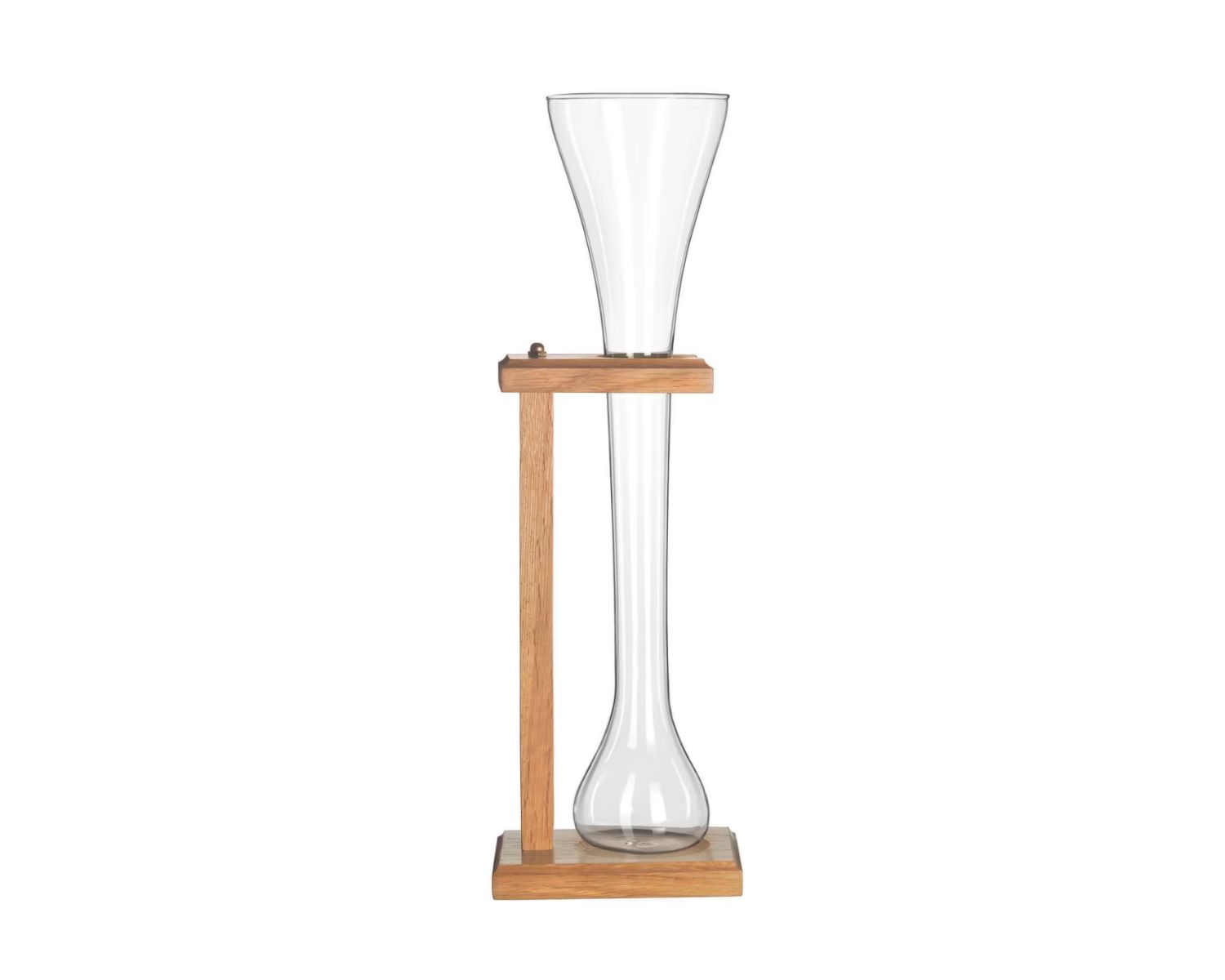
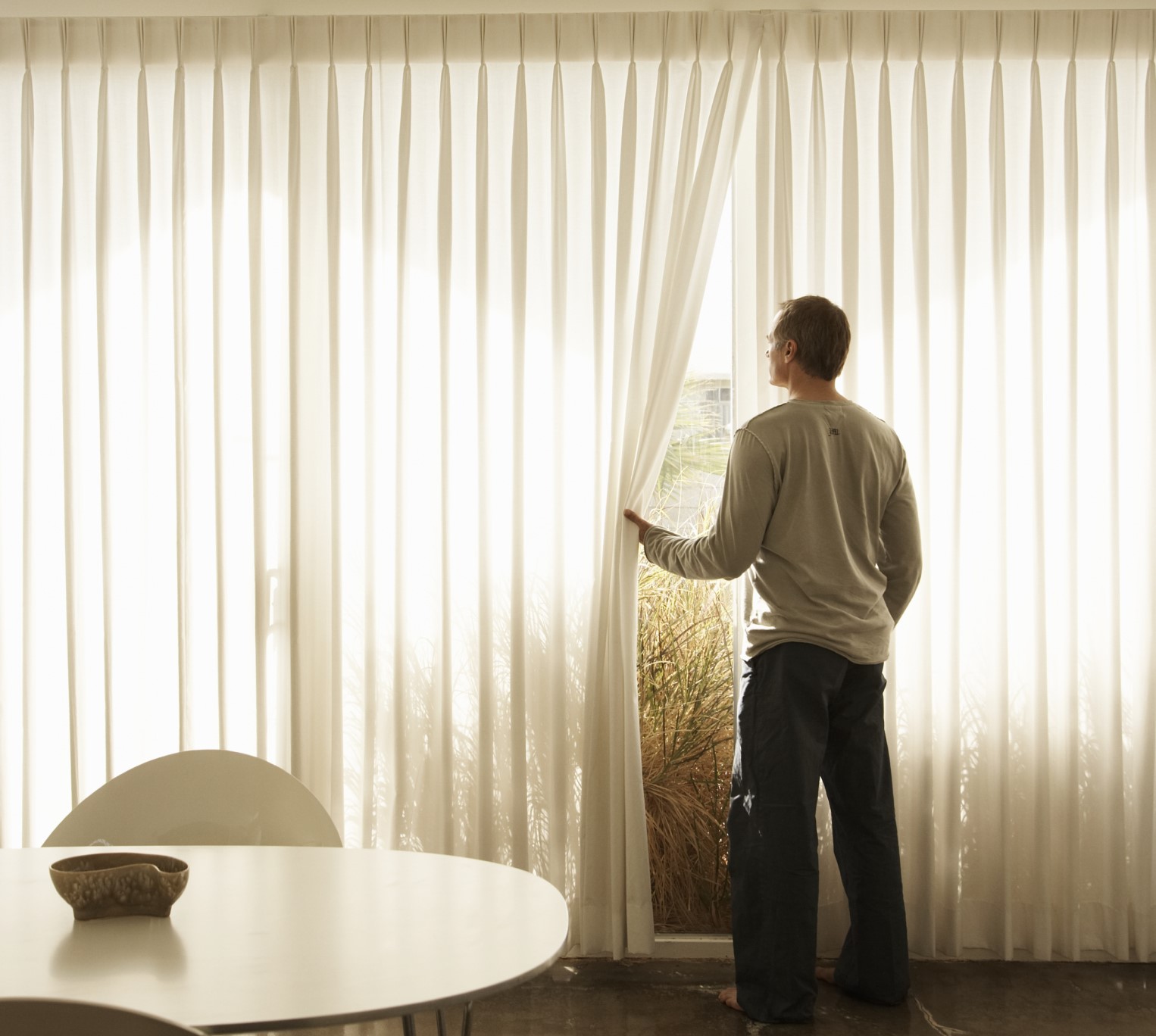
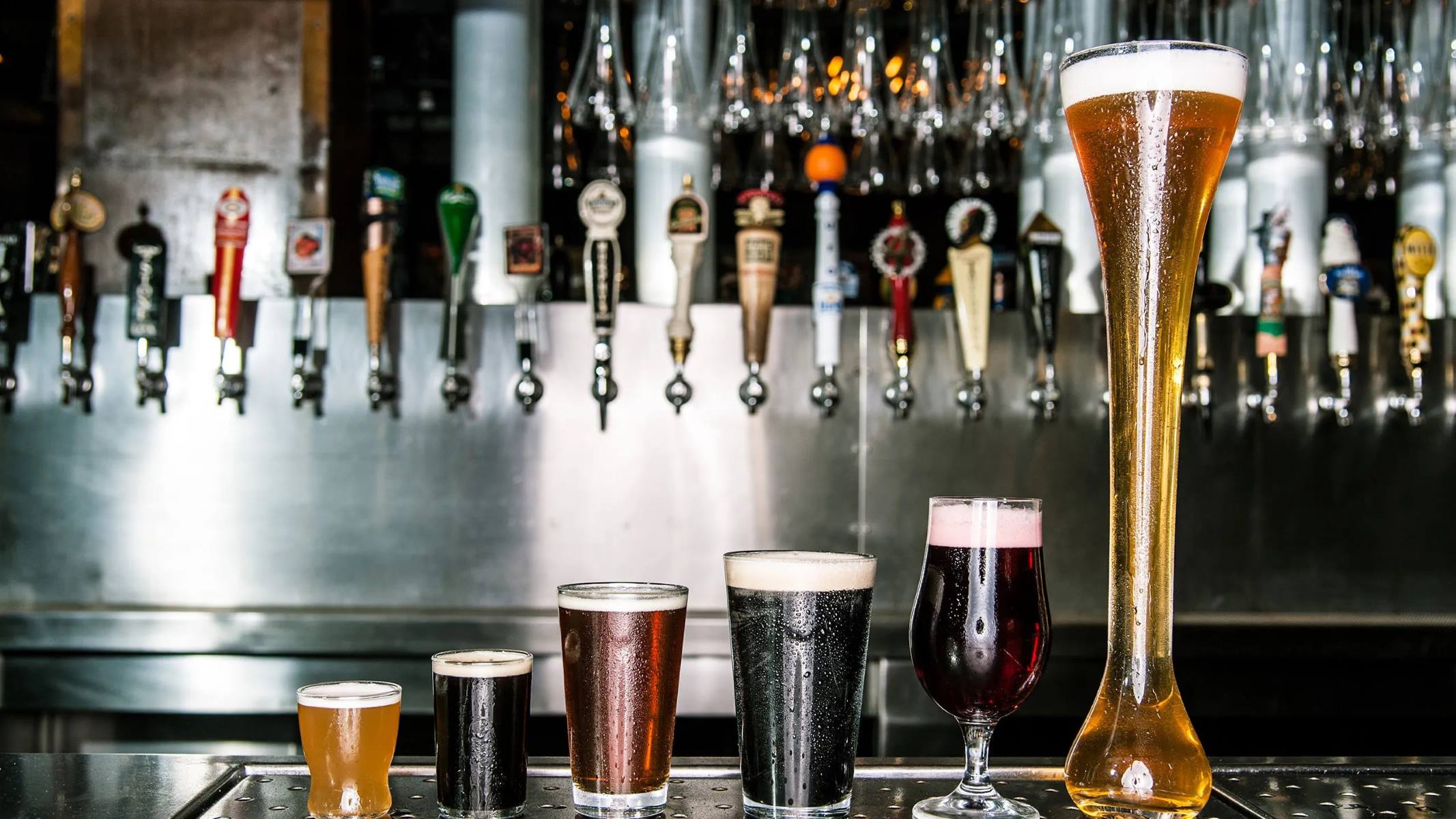
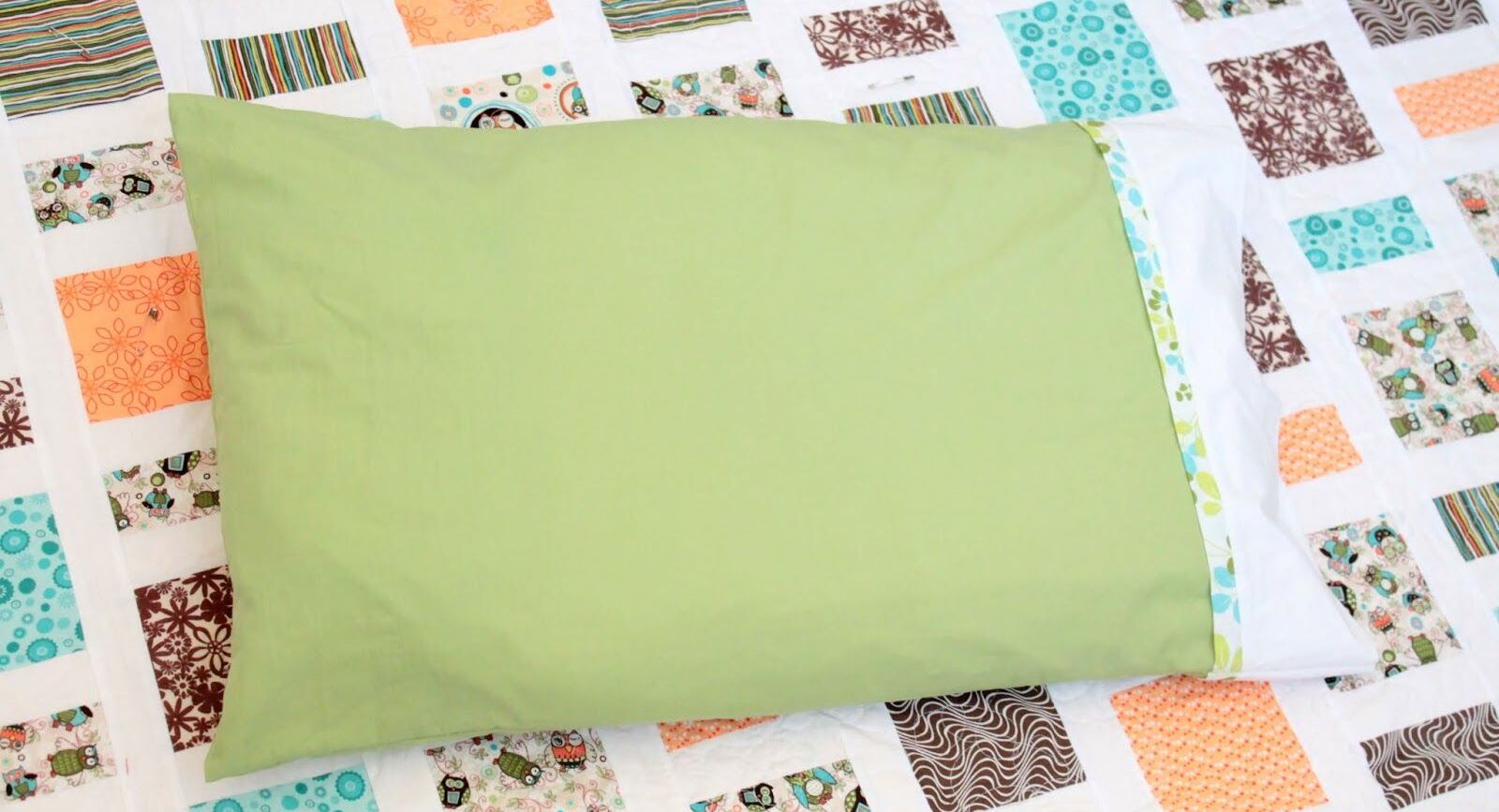
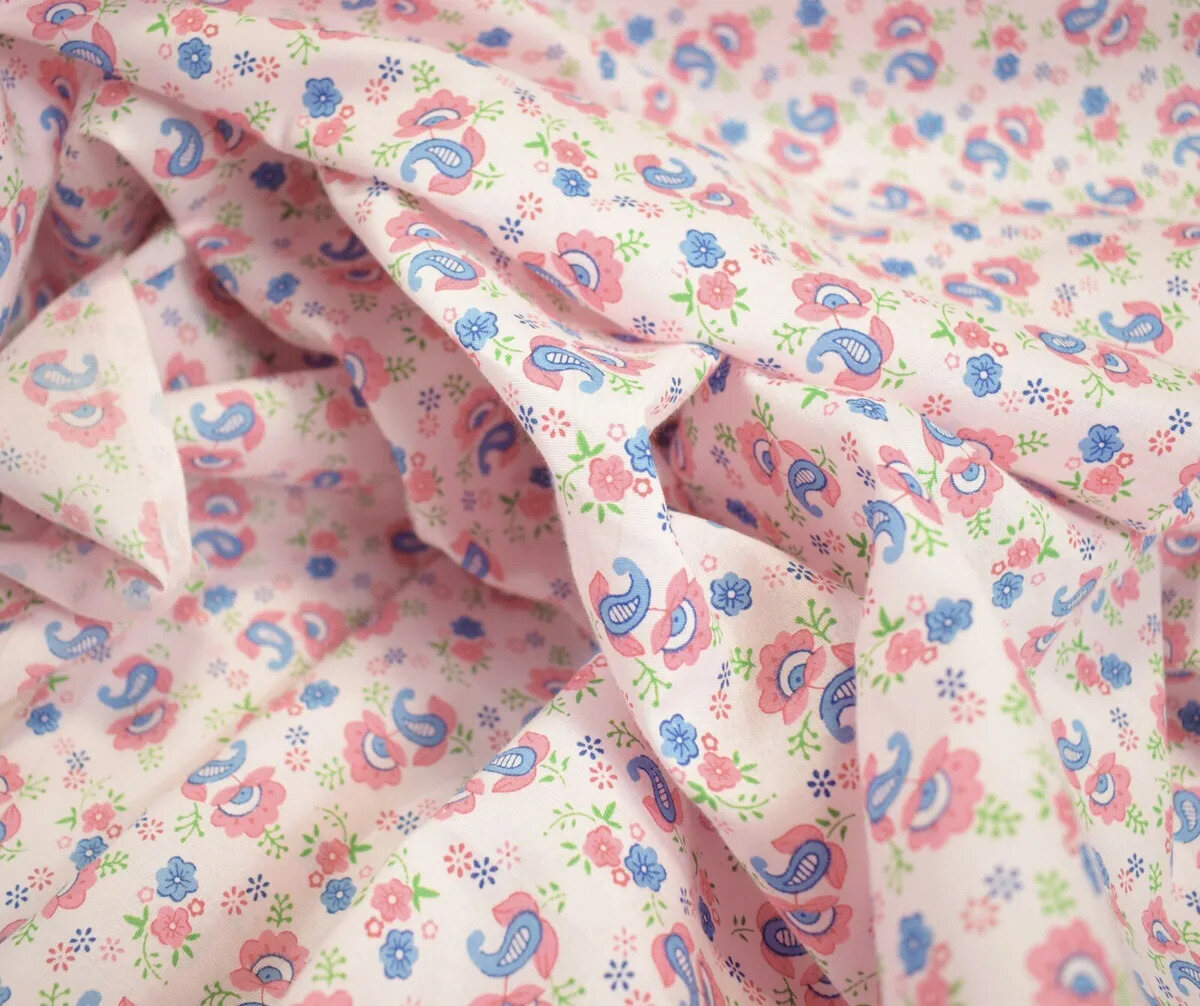

0 thoughts on “How Many Yards Of Fabric Are Needed For A Tablecloth?”